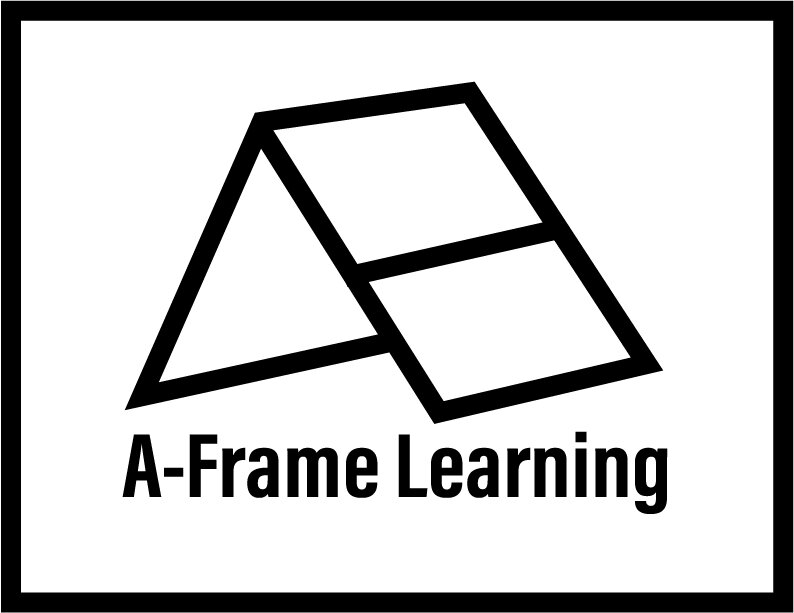e-Learning tutorial on playing Dungeons & Dragons
This tutorial is focused on onboarding new players interested in tabletop role playing games but aren’t sure where to start. By utilizing interactive instruction, the course is broken into engaging segments made to captivate the users interest and attention. Frequent scenario based tests help the audience practice what they’ve learned and carry those lessons into a further section. This design provides an organic flow from one module to the next, ensuring a comfortable transition.
Client: New members at the Asheville Board Game Club
My Tasks: Instructional Design, Learning Analysis, eLearning Development
Tools Used: Articulate Rise 360, Canva, Adobe Color
Establishing Goals
A client approached me to make an e-Learning course for new members at his board game club. He was interested in rolling out table top role playing games and wanted to garner interest from new and returning members. As an avid board game player myself, I was interested in helping him achieve his goal.
I first met with the stakeholder, a subject matter expert, and two members of the club in order to develop a needs and learner analysis. Through this process we laid out the goals of the course; to gain interest in the game and to provide instruction on how to play. It was important for the stakeholder not to overwhelm the players, but to instead provide enough information for them to attend their first club meeting.
I discussed with the client an interactive course in which the player could design their own character as they learn. The client loved this idea, as it would provide instruction of the game, but also would give the player a chance to develop their character before showing up for their first game.
Rise Modules
For accessibility, the client and I decided on an Articulate Rise 360 course. This would give the player the chance to jump around the course and focus on the portions of the game that interested them the most. The side index of the course provided easy navigation.
I spoke with the Subject Matter Expert (SME) and ran a task analysis on what the players would need to know to be successful with this RPG. The goal was to entice new players without bogging them down with too many details. In the end, we condensed the information into six manageable sections:
-

Why we play?
-

What you need?
-

Who you want to be?
-

What you want to do?
-

What to keep track of?
-

What to roll for?
Design
It was important that the course demonstrated the unique properties of each character’s race and class. I designed individual sections dedicated to these characteristics so the player could navigate between them, depending on what they wanted to play. Since there are many combinations, I developed a mini personality inventory with just enough information to entice new players to dig deeper into what a character could do. When the player chooses the statement that interests them, the course would assign them to a class with its pros and cons.
Personality inventory
Cleric page
Interactivity
It was important to remember that the point of the course was to eventually play a game. I wanted to include interactive elements that mirrored this goal and allow the player some customization, as if they were already playing the game. For these portions I set the stage of what they would need and then I provided a branching scenario where the player could practice the skills they picked up in the lessons.
Correct Choice
Incorrect Choice
Full Development: Rise 360 - Canva - Adobe Color
The final product was developed in Articulate Rise 360. I created custom visuals in Canva and integrated them throughout the project. Adobe Color helped in developing color schemes for each character.
My Thoughts:
Visuals: The client wanted the course to reflect the uniqueness of each character, without scaring off new players with too much information. The illustrations and colors provided a good backdrop into the world of dungeons and dragons while also showing the player what is possible.
Theme: Interactivity was important as the client wanted potential players to take the next step by showing up at club meetings. By providing engaging activities and knowledge checks, the course encouraged learners to take an active role in experiencing the material. Another important element was for the learner to feel as if they are designing their own character as they progress through the course.
New Programs: This project helped me explore new programs such as Adobe Color. Creating unique color schemes for each character was important in revealing their personality and this tool gave me creative control in developing unique sections of the course.
Articulate Rise 360: This project utilized the tool to develop an easy to navigate course. The side index and the personality inventory allowed more customization for the learner while providing them with the option to experience other choices later.
Successful Goal: The client contacted me months later to inform me that their goal of 20% increase in club members was met. A good portion of the new members cited this course as providing them with a foundation for the game and an overall interest in playing!






